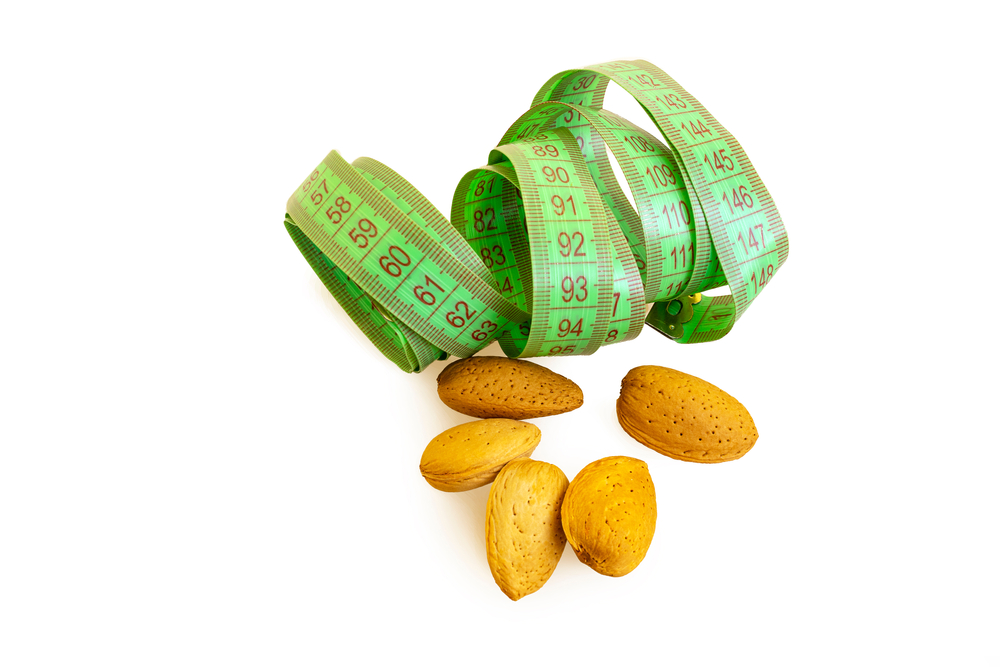The ketogenic diet is one of the best solutions proposed to lose weight. It is currently in fashion for a few years and adopted by people who do not wish to join the world of fitness. Dieting on the food side, it is particularly effective in ensuring significant weight loss. Its practice would have other advantages for health. However, it still has some disadvantages.
The principles of the state of ketosis
The body is in a state of ketosis when the consumption of fats and proteins is in the majority and carbohydrates are limited. This method has been used for a long time to treat certain diseases such as epilepsy.
It is also used to treat most cases of morbid obesity. This diet is then specified as a quick method to lose weight. The goal of this diet is to produce energy from food. To do this, the body must metabolize the nutrients available to it by breaking down fats and proteins.
To know how this diet works, you need to know that normally the body extracts its energy from the carbohydrates absorbed during the day.
But in the ketogenic diet, the amount of carbohydrate no longer meets the body's needs because it is very limited. In this case, the body tries to make up for the lack by drawing on the glycogen reserves, i.e. the carbohydrates stored in the muscles and liver.
And when these reserves themselves are exhausted, the body naturally begins to use lipids or other fats to provide energy. But by using these fats in the absence of carbohydrates, the body produces waste products called ketones.
By reaching this stage the body has entered a state of ketosis. This state triggers a lack of appetite which contributes to the reduction of food intake and this is the reason for the considerable weight loss.
The negative consequences of ketogenic diet
Despite its great capacity to let the body lose weight, this type of diet will generate harmful alterations in the liver due to the metabolization of lipids for energy production.
In these conditions, the ketone bodies will have to be eliminated. Again, it is necessary to consume more protein to ensure caloric intake and maintain muscle mass. The person who follows the ketogenic diet is therefore exposed to :
- an acidification of the blood ph with associated consequences such as increased inflammation, slowed metabolism, general weakening of the body, decreased protein synthesis.
- kidney stones
- abnormal functioning of the liver
- high cholesterol levels
- dehydration
- decrease in bone density (due to acidification)
Therefore, this diet is not recommended in its basic form. There are other ways to lose weight without developing other serious health problems. However, before making the decision, it is essential to consult a professional and follow his recommendations, letting him distinguish the less risky methods to dry and lose weight.
The proposed solutions to dry without risk
It is necessary to put the body in a state of balance so that it can function perfectly. The people who seek to practice ketogenic diet are those who voluntarily want to lose weight very quickly.
However, for a good result it is preferable to adopt a balanced and low-calorie diet. The following points will facilitate this principle:
- It is necessary to define the caloric intake and the amount of carbohydrates that allows to maintain the body weight.
- It is recommended to consume a lot of basifying foods such as fruits and vegetables. The famous lemon juice in the morning is present for this purpose.
- It is necessary to respect the maximum rate of 2.2 g of proteins per kilo of body weight with a training at least 3 times a week.
- Give preference to quality proteins from eggs and beef.
- Ensure a sufficient intake of lipids, especially polyunsaturated fatty acids.
- Stay hydrated with mineralized water.
- Supplement the diet with BCAAs
- Manage physical activity well so as not to tire yourself more than necessary and risk losing muscle mass.

